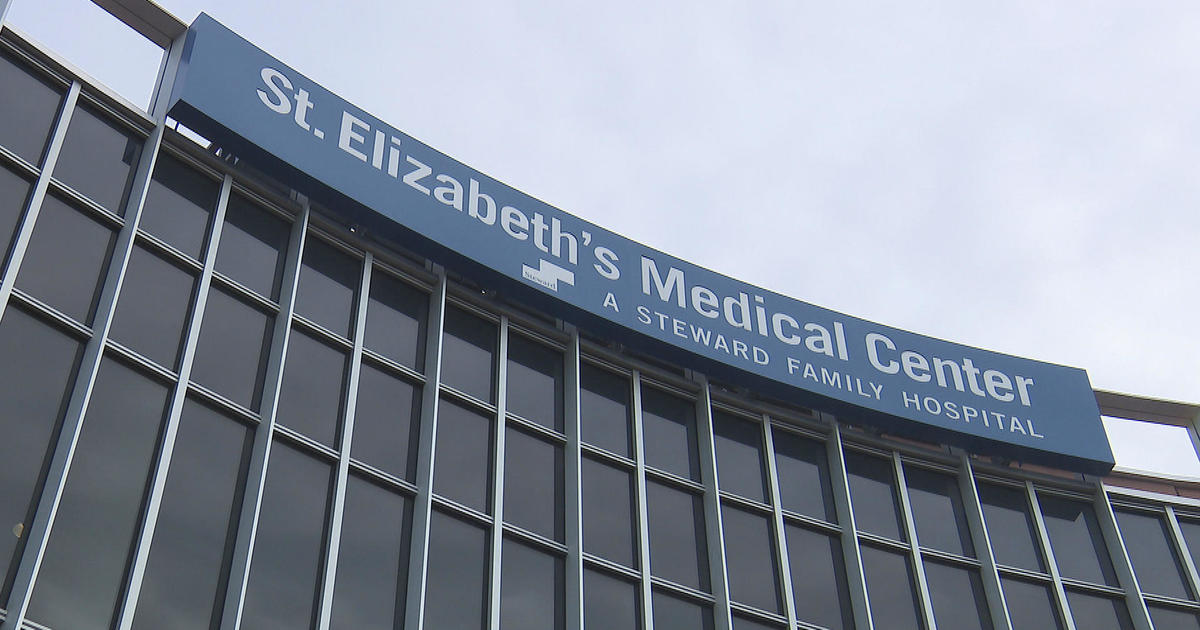GE says it will remove PCBs from Housatonic River

General Electric Co. said Wednesday it will remove PCBs from the Housatonic River in western Massachusetts, but still maintained it would be best to leave these carcinogens buried in the river sediment.
In a revised report to the U.S. Environmental Protection Agency, GE agreed to remove PCBs in the next phase of the river's cleanup. The Fairfield, Conn., industrial and financial conglomerate previously said leaving PCBs buried in sediment was a superior alternative to dredging. The company said the least intrusive approach, called "monitored natural recovery," would be best.
But now GE says that taking into account EPA's assessment of public health and ecological risks and other factors - "even though GE strongly disagrees" - removing sediment "will provide the greatest benefit with the least ecological harm."
GE spokesman Peter O'Toole said the new proposal is ecologically sensitive.
Critics have said that leaving the PCBs in the river would be little more than watching and waiting.
Wednesday, Tim Gray, a local environmental activist, said GE's latest proposal will still leave industrial waste in the river.
"We want them to get out the most PCBs from the river that you can get out," he said. "The plan shouldn't be to leave the river polluted forever, which is what their plan would do," said Gray, who heads the Housatonic River Initiative.
A spokeswoman for the EPA did not immediately return a call seeking comment.
GE used PCBs, now known to cause cancer, as fire retardants in the manufacture of transformers from 1932 to 1977 at its 254-acre plant in Pittsfield, Mass.
Under a federal consent decree about two decades after it stopped making transformers, the company began cleaning up PCBs that for years had leaked into a residential neighborhood and a two-mile stretch of the Housatonic, which winds 149 miles through western Massachusetts and Connecticut and into Long Island Sound.
For GE, the first phase of cleanup cost more than $400 million, O'Toole said. EPA also paid about $50 million, he said.
The EPA must decide what next to do. An estimate for the next phase has not been determined because no course of action has been decided.
The project now backed by GE will require substantial sediment removal over five miles of the river in the next cleanup phase, GE said. With plans to remove floodplain soil, the project has been designed to minimize harm that will result from more invasive measures and to meet all public health goals of the EPA, except concerns regarding fish consumption, the company said. GE said the remedial efforts will not make the fish safe to eat.



